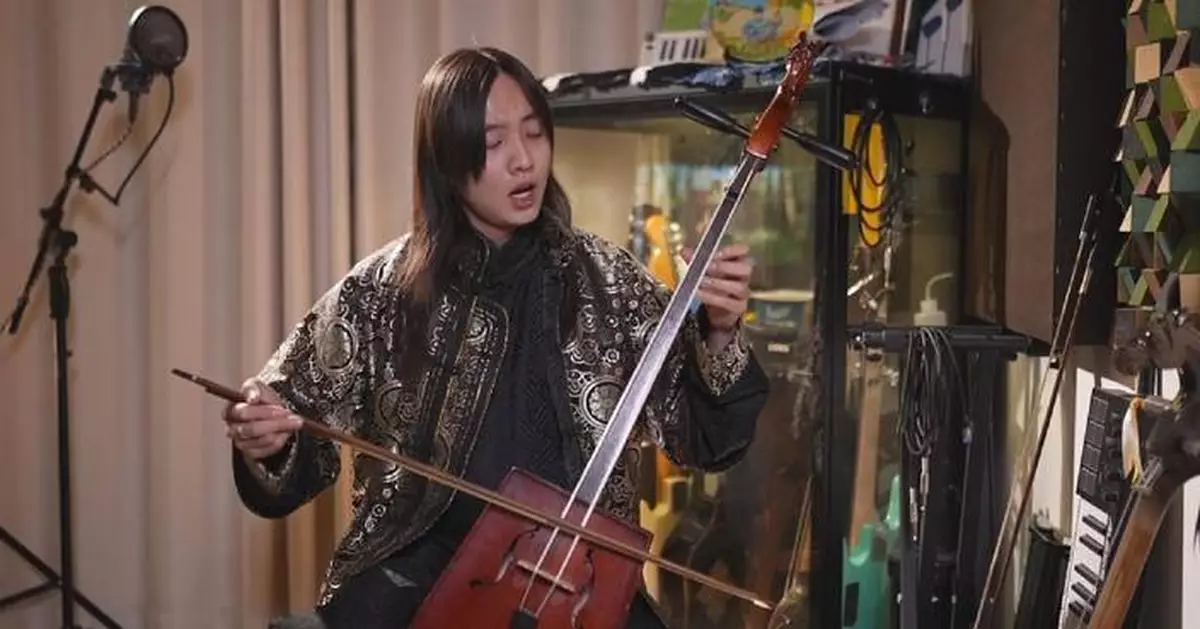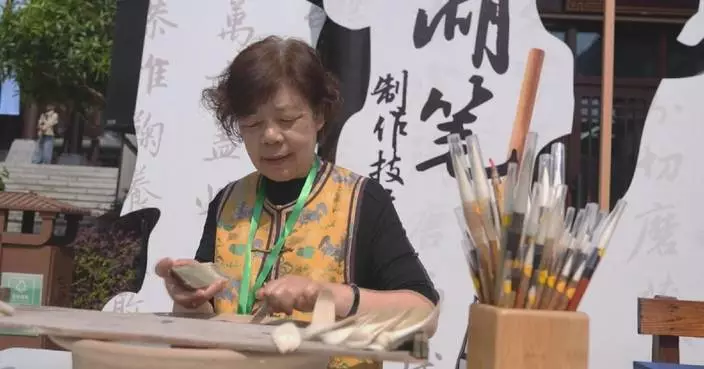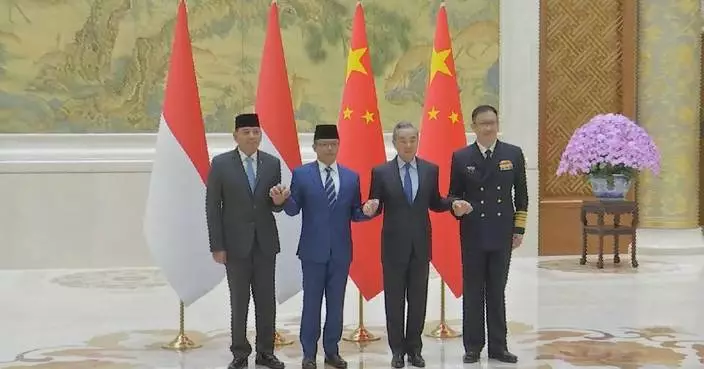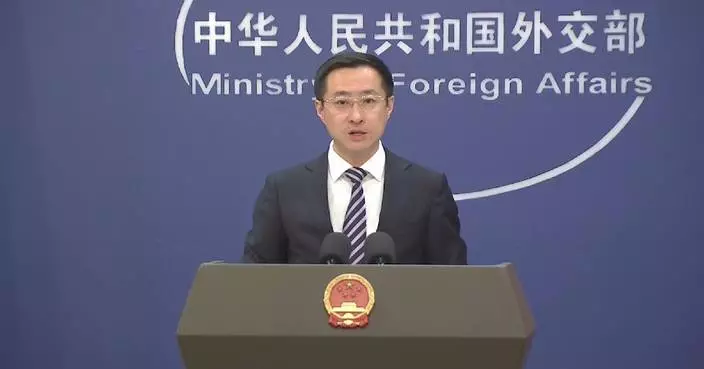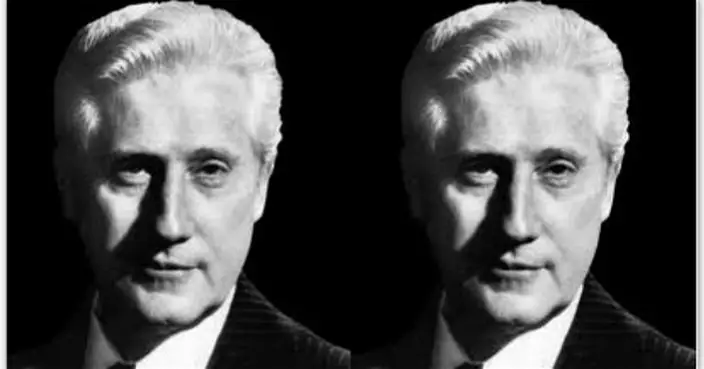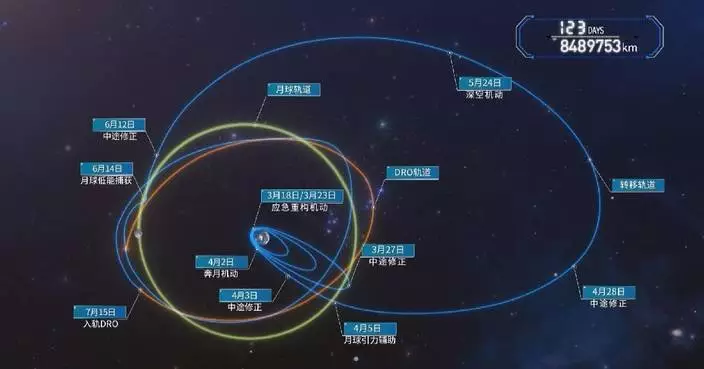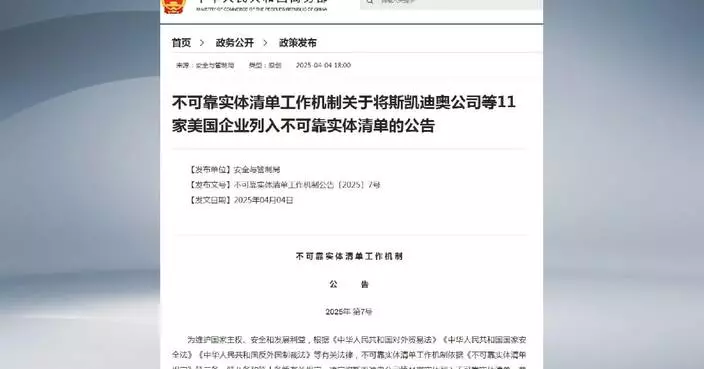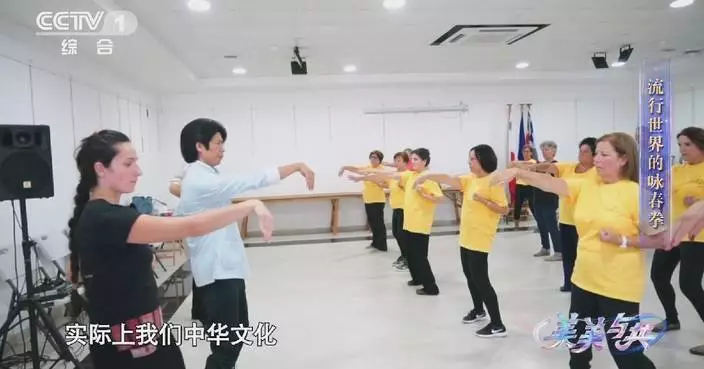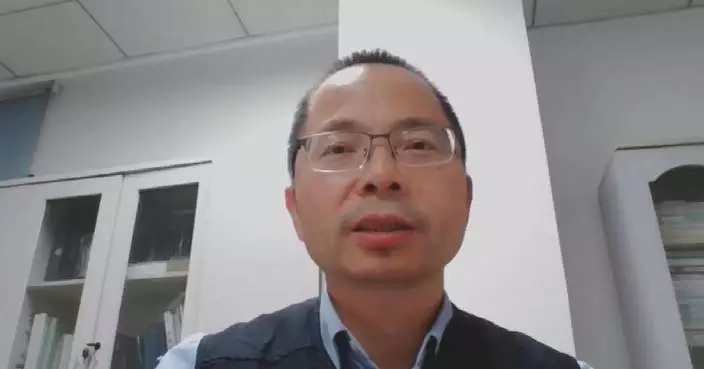Mongolian khoomei, alongside other ethnic folk music traditions, lends an enchanting sonic texture to the animated blockbuster "Ne Zha 2," China's first film surpassed 10 billion yuan (1.4 billion U.S. dollars) at the box office. Khoomei, a traditional Mongolian vocal art also known as throat singing, was inscribed on UNESCO's list of intangible cultural heritage in 2019. To the uninitiated, khoomei's otherworldly resonance might evoke electronic effects, yet it is a distinctive vocal technique where performers simultaneously produce a deep, rumbling drone and ethereal melodic overtones. This ancient art form has been preserved and handed down for over a millennium across the vast Mongolian steppes.
In Ne Zha 2, the soundtrack harnesses khoomei through the multi-layered vocals of 26-year-old musician Halamuji, whose voice intertwines with the mythical power of the film's "Tianyuan Ding" (or Celestial Cauldron). His performance creates an immersive soundscape, leaving audiences spellbound.
"What struck me most was the scene where the Celestial Cauldron descends. The film weaves together diverse elements - throat singing, suona horns, the Grand Song of the Dong ethnic group - all embodying ethnic musical traditions refined over centuries and passed down through generations," Halamuji said.
"Ne Zha 2" has begun screening for audiences in select international markets, and musician Halamuji expressed hopes that the film's global success will spotlight the allure of Chinese culture and its diverse ethnic folk traditions.
"I'm confident it will resonate deeply overseas. I also hope international audiences will discover the richly poetic, elegantly nuanced, and profoundly wise dimensions of Chinese culture through this film," Halamuji said.
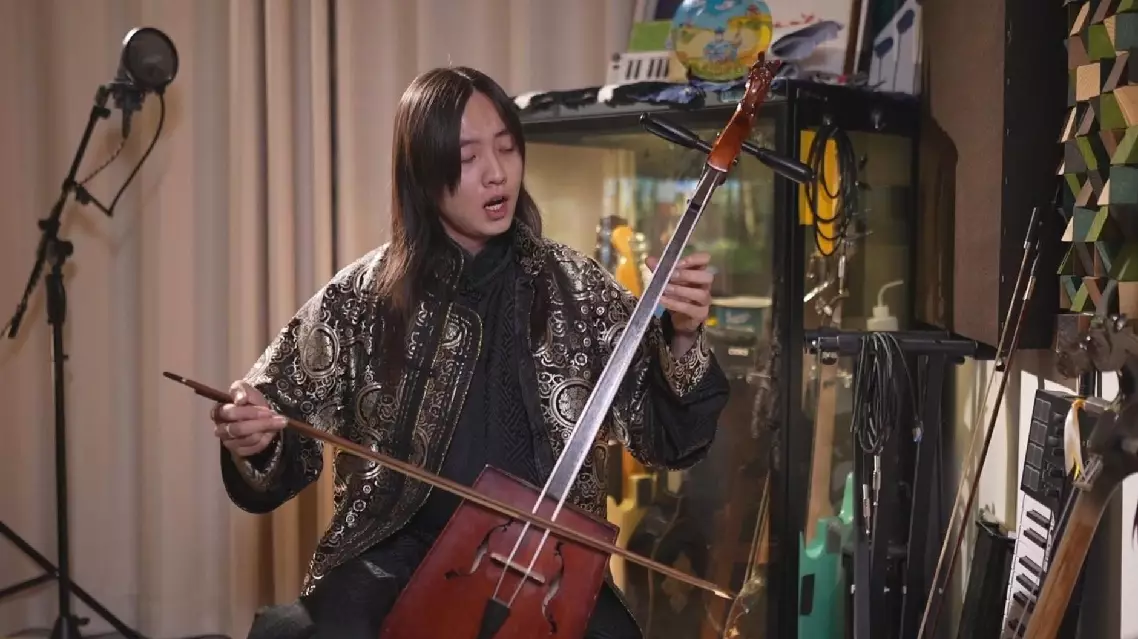
Mongolian Khoomei adds enchanting sound to '”Ne Zha 2”


